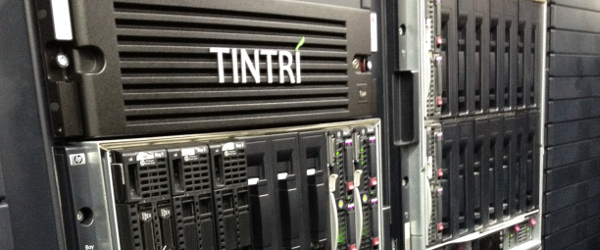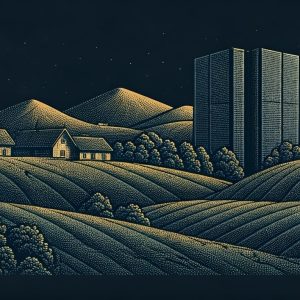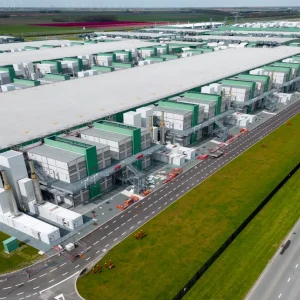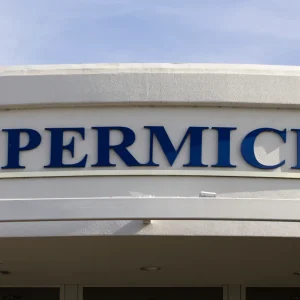
Blade servers are a compact, stripped down server model which can optimise the running of a computer room or data centre.
But how does it work exactly, and why is it different to a traditional server?
There are different form-factors of servers. The traditional server is a tower based server, which sits on the floor. More laterally, the majority of servers are now rack-mounted servers. Servers sit horizontally within the rack, and are linked to the processor which has hard disc drives for the storage of the data.
They have their own power much like a Sky Box. If you look around the back of your Sky Box you’d see a fan in there because it is doing its own cooling and it is the same on any traditional rack-mount server.
"The blade model is different way of deploying servers whereby instead of each server having its own power and cooling as it would on the back of the Sky Box, you pool all of that and put the server inside a chassis, explains Rhys Austin, BladeSystem and infrastructure software business manager at HP.
"Inside that chassis is the back plate which all that power and cooling provided by the chassis. The blades are servers in their own right, but they don’t have any power and cooling or anything like that. The advantage of that is because I’m sharing something, I only take the bits I need. They take the cooling and power from the network."
The blade’s compact size also works to its advantage. Racks are measured in ‘U’ units, with one U being 1.75 inches. Typically racks are around 10U, which can hold up to 16 blade servers.
Austin says: "Being able to fit 16 servers into one area not only saves on space, but it also cuts down powering it. So there’s a cost benefit, and environmental benefit because we’re not using so much power.
"It also makes it very easy to extract and remove things – you could actually take one of those servers, pull it out to repair it and everything else keeps on running, which is very different to the traditional rack server.
"So if you need to perform maintenance on one of the little fans, you don’t have to shut down the whole [data centre], you can just take the fan out."
With traditional servers, it’s a similar scenario to if your power supply to the Sky Box goes down or fails, then the Sky Box fails. If the fan was to fail, the box would over heat and the whole system would go down.
"When we design servers, particularly in this rack we have a high level of redundancy where if one or more things fail, the system will stay up and running," says Austin.
To achieve this there are two power supplies coming into the chassis, so even if one fails, it will still be up and running.
The blade server’s compact size, redundancy and efficiency to run make it a popular choice for web hosting, virtualisation and cluster computing.






